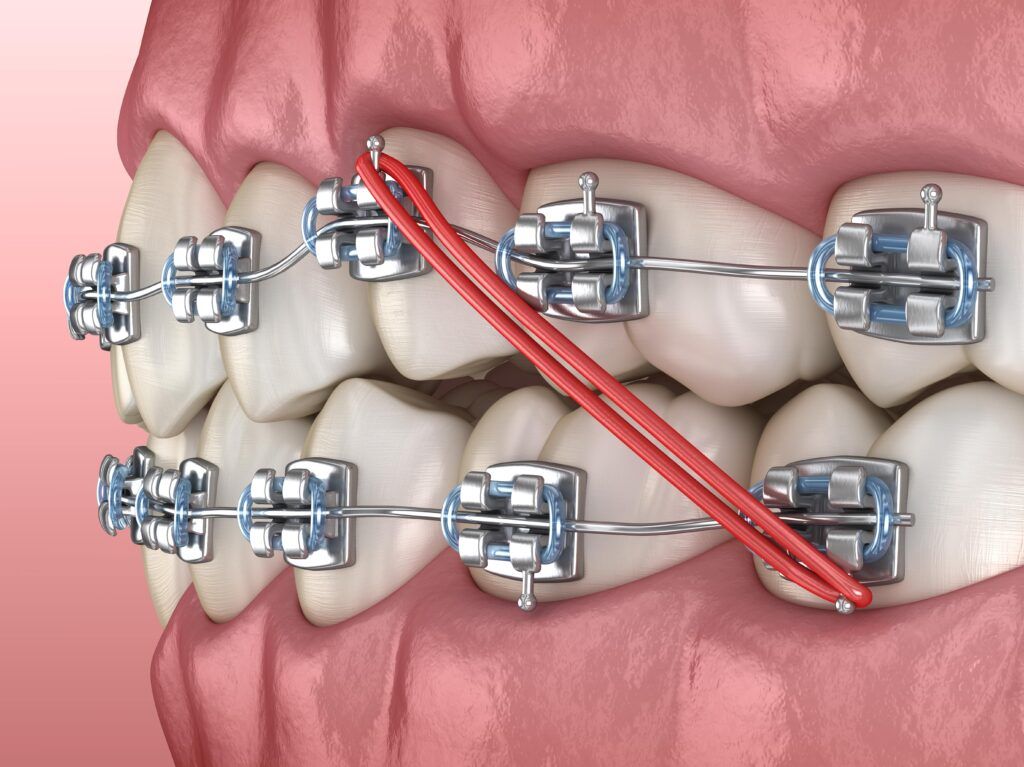Comprehensive Overview to Orthodontics Procedures for Remedying Oral Misalignments
Comprehending the ins and outs of each procedure, including their mechanisms, benefits, and possible disadvantages, is vital in making notified decisions about one's orthodontic therapy. As we navigate through the comprehensive overview to orthodontic procedures for correcting oral imbalances, the elaborate details of each approach will unfold, losing light on the path toward a practical and harmonious oral positioning.
Orthodontic Procedures Overview

Along with typical braces and clear aligners, orthodontists may additionally recommend various other treatments like headgear, palatal expanders, or retainers to resolve particular placement issues (cumming aligners). These procedures are customized per patient's special demands and may include a mix of therapies to attain the desired results. Routine changes and surveillance are important components of orthodontic therapy to ensure progress is on track and to make any type of essential alterations in the process. By going through orthodontic treatments, patients can not just attain a straighter grin yet also improve their overall oral wellness and feature.
Traditional Braces: How They Function
When considering orthodontic therapies for dental imbalances, conventional braces stand out as a tried and true approach for fixing teeth placing. Typical braces are composed of brackets, cables, and bands that function together to use continuous pressure on the teeth, gradually moving them right into the wanted alignment.
One secret element of just how typical braces work is the process of bone improvement. As stress is put on the teeth via the braces, the bone surrounding the teeth is reshaped to sustain the brand-new tooth placements. This makeover is essential for the long-term stability of the remedied positioning. Individuals will certainly require normal changes at the orthodontist's workplace to ensure the braces remain to apply the correct pressure for effective teeth movement.
Unnoticeable Aligners: Cons and pros
Invisible aligners supply a practical and discreet option to traditional dental braces for remedying oral imbalances. These clear, personalized trays are essentially undetectable when used, making them an appealing alternative for people seeking an extra cosmetically pleasing orthodontic treatment. One of the key advantages of invisible aligners is their removability, permitting much easier maintenance of dental hygiene compared to standard braces. People can eliminate the aligners before consuming or brushing their teeth, lowering the danger of food obtaining stuck in the device and simplifying the cleaning procedure.

Surgical Orthodontic Options
Surgical interventions in orthodontics present viable options for addressing complex oral imbalances that might not be efficiently fixed with conventional orthodontic treatments. While traditional braces and invisible aligners can fix numerous orthodontic issues, particular instances need surgical intervention to achieve optimum outcomes. Surgical orthodontic choices are usually suggested for severe malocclusions, significant jaw discrepancies, and instances where the underlying bone framework requires adjustment to accomplish appropriate alignment.
One usual medical orthodontic procedure is orthognathic surgical procedure, which includes repositioning the jaws to deal with practical concerns such as problem chewing or talking. This surgical treatment is often done in collaboration with an orthodontist that helps straighten the teeth before and after the treatment. Surgical orthodontics may likewise entail procedures to reveal affected teeth, get rid of excess gum cells, or reshape the jawbone to produce a more harmonious face profile.
Before taking into consideration surgical orthodontic alternatives, patients go through a comprehensive examination to determine the requirement and possible benefits of such interventions. orthodontics. While surgical treatment might seem daunting, it can dramatically improve both the function and appearances of the smile in cases where traditional orthodontic therapies drop short
Retainers and Post-Treatment Care

Post-treatment treatment entails adhering to the orthodontist's instructions vigilantly. This may include appropriate oral hygiene methods, going to follow-up visits, and putting on the retainers as suggested. Failing to abide by post-treatment treatment guidelines can cause regression, where the teeth slowly return towards their original settings. Consistent retainer wear, good oral hygiene, and regular dental exams are important for preserving the results achieved through orthodontic surgery and ensuring the long-term stability of the fixed dental alignment.
Conclusion
In final thought, orthodontic treatments supply different options for fixing oral misalignments. Surgical orthodontic alternatives are available for a lot more extreme misalignments. Generally, orthodontic treatments can efficiently enhance oral health and aesthetic look.
As we browse through the extensive overview to orthodontic treatments for correcting dental imbalances, the detailed details of each technique will certainly unravel, shedding light on the path toward a functional and harmonious oral you can try this out placement. - orthodontist
One of the most usual orthodontic therapies is the use of braces, which are composed of steel braces and wires that apply mild stress to gradually shift teeth right into the wanted position.When thinking about orthodontic therapies for oral imbalances, traditional braces stand out as a time-tested technique for remedying teeth placing. Additionally, undetectable aligners might not be ideal for complex orthodontic issues that need even more substantial teeth activity, as they are usually suggested wikipedia reference for light to moderate cases. Retainers are custom-made orthodontic devices developed to hold teeth in their fixed settings after the conclusion of orthodontic therapy.